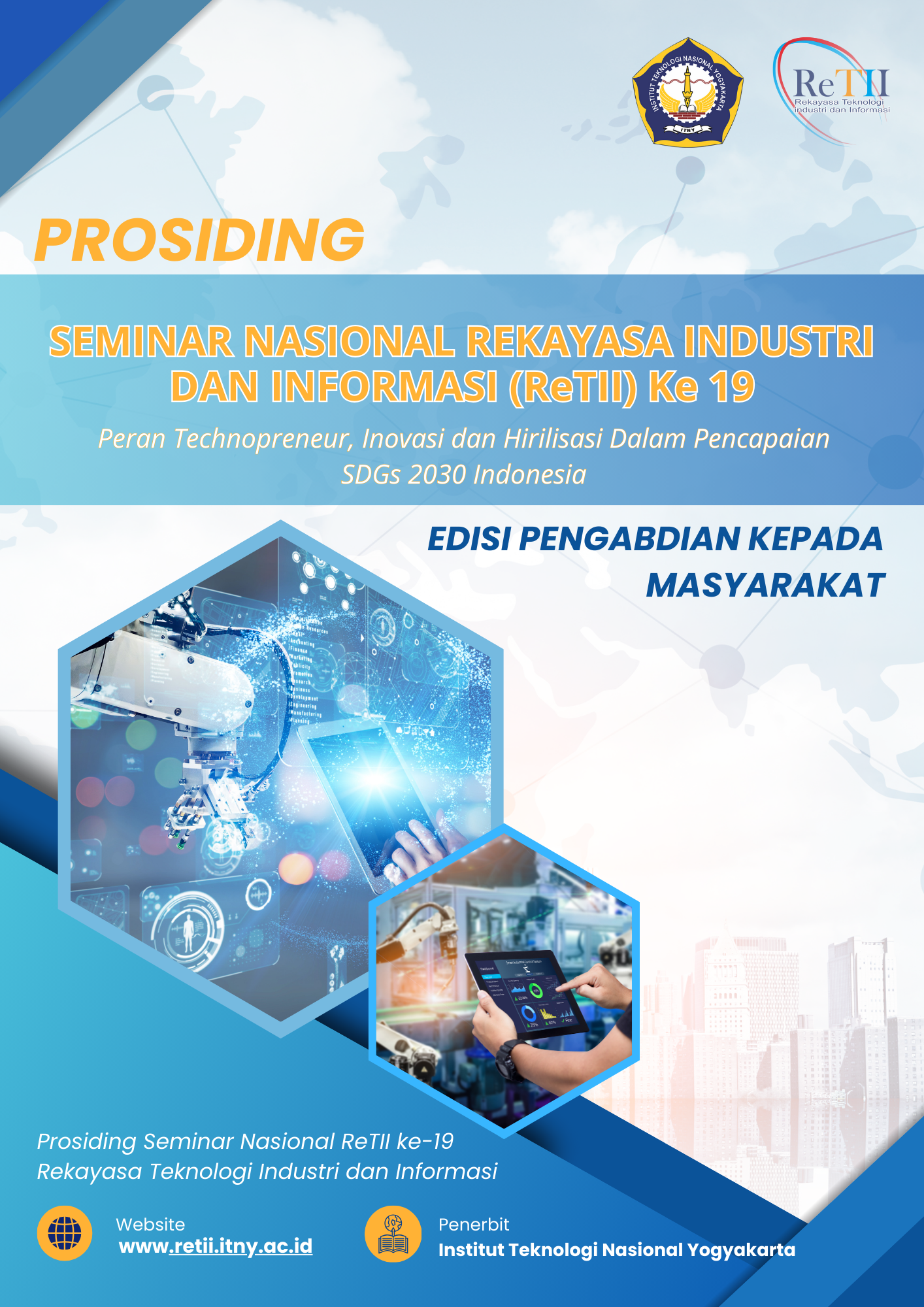Education on Awareness of Green Open Space and the Environment in the Archipelago Capital Region
Education on Awareness of Green Open Space and the Environment in the Archipelago Capital Region
Keywords:
Community Aspiration, Education, IKN, Green Open SpaceAbstract
The development of the Capital City of the Archipelago (IKN) emphasizes the principle of sustainability and is expected to be able to become a “lovable city†or a city that is loved by its inhabitants and a “liveable cityâ€, a city that is livable. The relocation of the National Capital not only brings opportunities but also challenges for the people of East Kalimantan, if the community does not take part in utilizing the momentum of IKN development, it is likely that they will only be spectators later. Along with its development, there is an increase in infrastructure development which results in reduced green open space in this area. Green open space has an important role in maintaining ecosystem balance and environmental quality. The purpose of this Community Service activity is to increase community participation and encourage community participation in efforts to preserve Green Open Space (RTH) and the environment. The target in this activity is the community around the IKN Nusantara area with a total of 40 people from villages or neighborhoods in Sepaku District. The results of this activity are the understanding of residents about the importance of structuring green spaces and tree planting actions as a form of preserving the IKN Nusantara area.
References
Angelia, T. (2017). Konsep pengembangan Ruang Terbuka Hijau sebagai fungsi ekologis penyerap air hujan di Kecamatan Rungkut Kota Surabaya. Institut Teknologi Sepuluh Nopember.
Badan Pengembangan Infrastruktur Wilayah. (2022). Pembangunan Infrastruktur PUPR sebagai Pendorong Kebangkitan Ekonomi Nasional Untuk Pulih Lebih Cepat dan Bangkit Lebih Kuat Pasca Pandemi Covid-19. 59.
Gunawan, G., & Susetyaningsih, A. (2021). Pemanfaatan Sempadan Sungai Sebagai Ruang Terbuka Hijau. Jurnal Konstruksi, 19(1), 179–190. https://doi.org/10.33364/konstruksi/v.19-1.903
Hasibuan, R. R. A., & Aisa, S. (2020). Dampak Dan Resiko Perpindahan Ibu Kota Terhadap Ekonomi Di Indonesia. AT-TAWASSUTH: Jurnal Ekonomi Islam, 5(1), 183–203.
Joenso, R. C., & Sari, S. R. (2020). Klasifikasi kekumuhan dan konsep penanganan permukiman kumuh perkotaan (Studi Kasus: Permukiman Lampu Satu, Merauke). Arcade, 4(2), 94. https://doi.org/10.31848/arcade.v4i2.366
Kautsary, J. kautsary, Rahman, B., & Shafira, S. (2021). Potensi Ruang Sempadan Sungai Untuk Pemenuhan Kebutuhan Ruang Terbuka Hijau Taman Kota Semarang. Jurnal Planologi, 18(2), 213. https://doi.org/10.30659/jpsa.v18i2.15585
Laksono, N. B., & Latief, Y. (2024). Sustainable Infrastructure Development in The IKN Region (Nusantara Capital): Simulation of The Smart Self-Sustaining Urban Center Area Development. Smart City, 4(1). https://doi.org/10.56940/sc.v4.i1.3
Nurhidayati, Tohari, I., Muamarah, Susilawati, H., Dewi, E. P., Hakim, A. R., Qodir, D. E. S., Samosir, J. H. P., Alfathan, K., Prastyono, A., Nasutra, Gautama, B. H., Akhmadi, M. H., Kaporina, A., Fathurohman, & Haptari, V. D. (2022). Bunga Rampai Ibu Kota Negara (IKN) Nusantara. In Bunga Rampai. Politeknik Keuangan Negara STAN.
Prabowoningsih, N. H., Putri, R. A., Rini, E. F., Prabowoningsih, Hayu, N., Putri, R. A., & Rini, E. F. (2018). Faktor-Faktor Yang Mempengaruhi Ketersediaan Ruang Terbuka Hijau Pada Setiap Dominasi Penggunaan Lahan (Studi Kasus: Kota Surakarta). Region: Jurnal Pembangunan Wilayah Dan Perencanaan Partisipatif, 13(2), 133. https://doi.org/10.20961/region.v13i2.21158
Rachmawati, R., Haryono, E., Ghiffari, R. A., Reinhart, H., Fathurrahman, R., Rohmah, A. A., Permatasari, F. D., Sensuse, D. I., Sunindyo, W. D., & Kraas, F. (2024). Achieving Sustainable Urban Development for Indonesia’s New Capital City. International Journal of Sustainable Development and Planning, 19(2), 443–456. https://doi.org/10.18280/ijsdp.190204
Roy Armansyah, Muhamad Auza Syam, & Nabila Azahra. (2023). Peran Ibu Kota Nusantara Sebagai Kota Sustainable Cities Dalam Mensejahterakan Masyarakat Indonesia. Eksekusi : Jurnal Ilmu Hukum Dan Administrasi Negara, 2(1), 255–266. https://doi.org/10.55606/eksekusi.v2i1.879
Sa’adah, N., Hayyat, M. R., & Fevria, R. (2022). Analisis Issue dalam Etika Lingkungan Terkait IKN. Prosiding SEMNAS BIO 2022, 421–430.
Suharko, & Kusumadewi, C. D. M. (2019). Organisasi masyarakat sipil dan restorasi sungai: studi pada gerakan gemungut sehelai sampah di Sungai Karang Mumus di Kota Samarinda. Sosiologi Reflektif, 14(1), 81–104.
Sutanto, H. P. (2022). Transformasi Sosial Budaya Penduduk IKN Nusantara Socio-Cultural Transformation People of IKN Nusantara. Jurnal Studi Kebijakan Publik, 1(1), 43–56.
Trisnawati, A. D. (2023). Penyusunan Scenario Planning Terkait Pemindahan Ibu Kota Negara (IKN). Jurnal Paradigma (JP), 12(2). https://doi.org/10.30872/jp.v12i2.13550
Tukimun, T., Soeri, V., & Suharto, S. (2022). Konsep Perencanaan Infrastruktur Transportasi Smart, Integrated Sustainable & Environment Friendly di Kawasan Ibu Kota Negara (IKN) Nusantara. Kurva S : Jurnal Keilmuan Dan Aplikasi Teknik Sipil, 10(2), 59. https://doi.org/10.31293/teknikd.v10i2.6839
Wahyu, A., & Frinaldi, A. (2024). Analisa Dampak Lingkungan Ibu Kota Nusantara. Jurnal Kajian Hukum Dan Kebijakan Publik, 1(2), 29–33. https://doi.org/10.62379/jkhkp/v1i2.97
Wunarlan, I., & Syaf, H. (2019). Analisis Pengaruh Pertumbuhan Penduduk Dan Produktivitas Lahan Terhadap Alih Fungsi Lahan Perkotaan (Studi Kasus Kota Marisa). Jurnal Perencanaan Wilayah, 4(1), 1–11.
Downloads
Published
How to Cite
Issue
Section
License
Prosiding ini memberikan akses terbuka langsung ke isinya dengan prinsip bahwa membuat penelitian tersedia secara gratis untuk publik mendukung pertukaran pengetahuan global yang lebih besar.
Semua artikel yang diterbitkan Open Access akan segera dan secara permanen gratis untuk dibaca dan diunduh semua orang.


